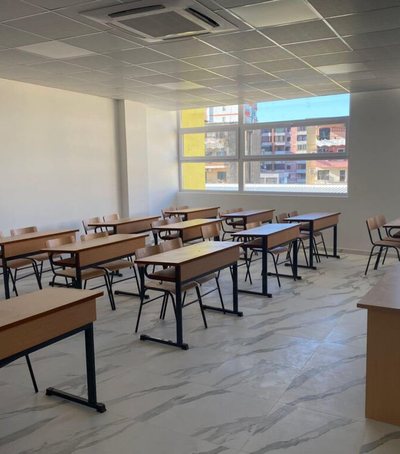
“Screen-free” camps are becoming an increasingly popular choice for parents looking to offer teens a healthy break from their tech addiction. In these programs—which can cost up to $2,000 a week—phones, tablets, and laptops are taken away at the door. Instead of screens, kids are challenged with real-world challenges: talking face-to-face, collaborating, managing boredom, and structuring their day without the hustle and bustle of digital news.
The structure of the day is consistent and predictable: waking up early, physical activity in nature (from walks in the forest to team sports), group work, creative tasks (painting, writing, music), fixed meal times, and a regular sleep routine. This slowed-down pace aims to restore contact with the body, biological rhythms, and lost focus. Instructors and psychologists who are often involved in these camps see the absence of phones as a “window” for learning social skills: how to listen, how to intervene without aggression, how to hold a conversation without relying on memes or viral videos.
The benefits go beyond communication. Many teens experience immediate improvements in their sleep: without exposure to blue light in the evening and with physical activity during the day, they begin to sleep faster and deeper. They also reduce levels of anxiety associated with social media—that constant feeling of comparison and fear of missing out (FOMO). Camps create a space where the pressure of “online performance” disappears and teens can experiment with new roles in a small, physical community, where feedback is immediate and authentic.
Of course, this model also raises dilemmas: is an expensive one- or two-week camp a long-term solution or simply a “luxury break”? Critics say that without changes in family culture and firm boundaries at home, teens are likely to quickly fall back into the same old habits. That’s why many camps also include sessions with parents: guidance on setting up “screen-free zones” at home, modeling healthy digital behaviors, and maintaining bedtime routines.
For parents considering trying it, the main questions are: what is the camp's philosophy (therapeutic, educational, adventure)? How trained is the staff in emotional and social issues? Is there follow-up after camp to ensure results are not lost? Another practical element is transparency: how is progress monitored, how is relationships communicated with the family, and what are the rules on privacy and discipline?
Ultimately, “screen-free” camps aren’t just a fad; they reflect a tangible need: returning teens to natural rhythms, real dialogue, and healthy sleep. The financial investment may be high, but the real value lies in modeling new behaviors that can be carried over into everyday life—once the screen is back in their hands, but with clear boundaries and a new awareness.
Photo Credits: https://www.pexels.com/photo/campers-eating-food-while-sitting-on-the-ground-5037002/





